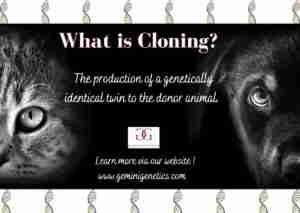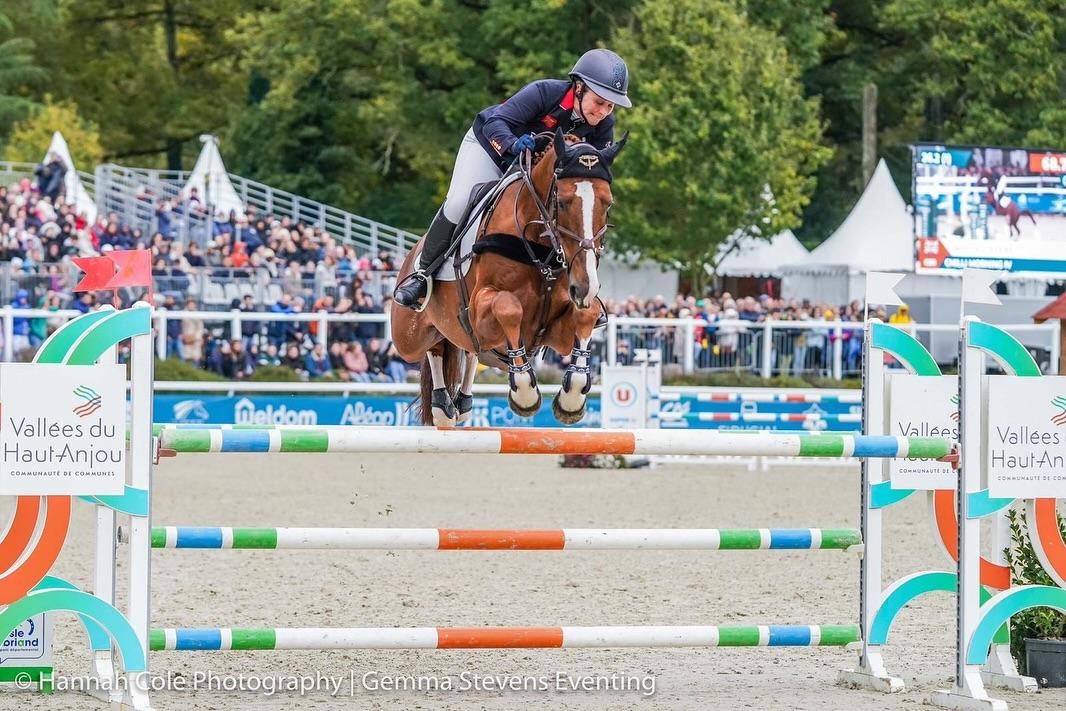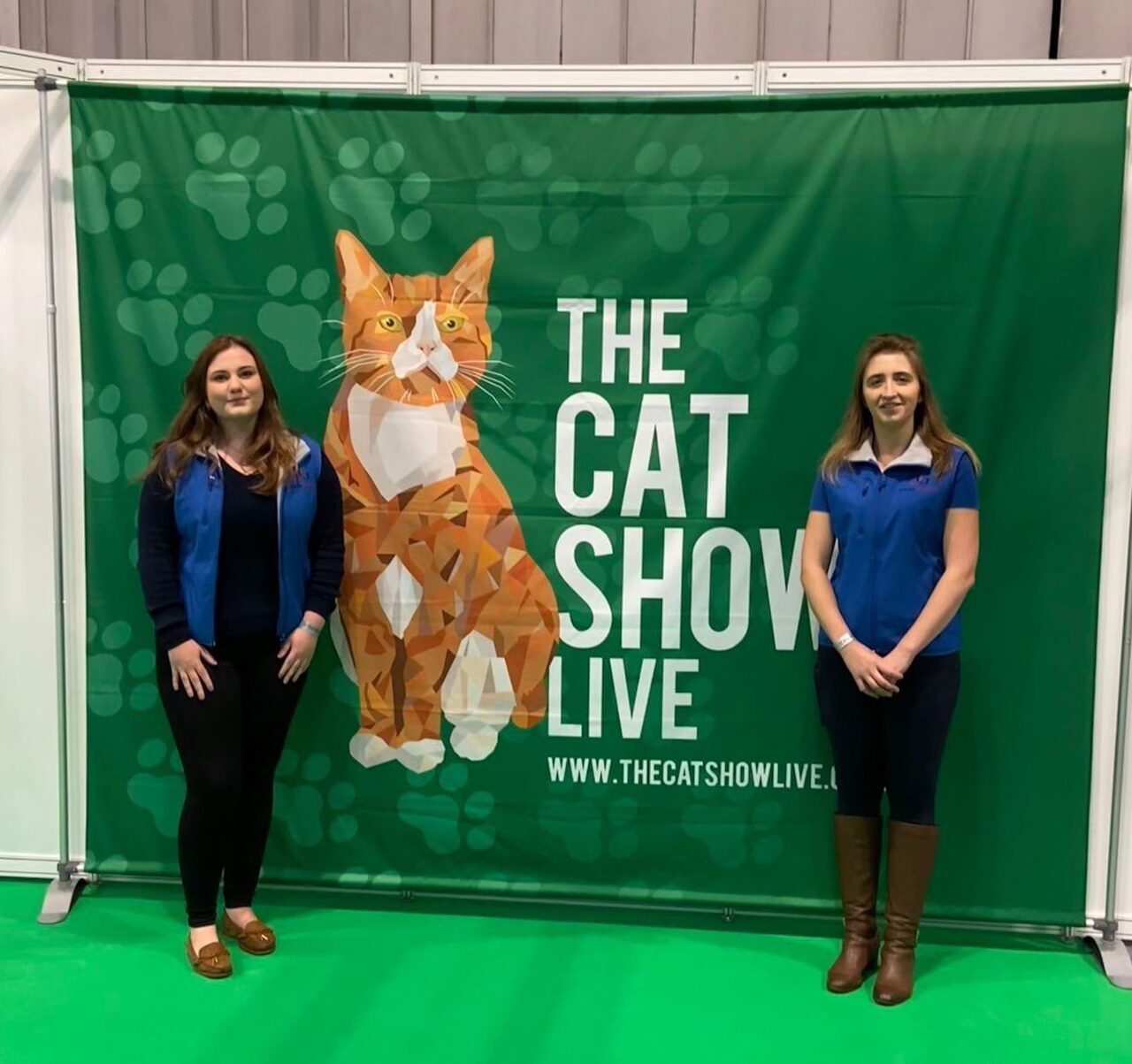Chilli Morning was an extraordinary stallion, and now 4 years after his passing, his name…
What is Cloning?

Cloning is the process of producing genetically identical organisms, cells, or DNA molecules, either naturally or through biotechnological methods.
Among the various techniques, somatic cell nuclear transfer (SCNT) stands out as the primary method for creating whole-animal clones by transferring the nucleus from a body (somatic) cell into an enucleated egg cell. First demonstrated in mammals with the birth of Dolly the sheep in 1996, somatic cell nuclear transfer has applications in reproductive and therapeutic cloning, agriculture, conservation, and biomedical research.
What is Cloning?
Cloning refers broadly to the creation of genetically identical copies of biological entities, ranging from DNA fragments to whole organisms. Natural examples include monozygotic (identical) twins in humans and asexual reproduction such as parthenogenesis in certain plants and invertebrates. In biotechnology, cloning encompasses molecular (replicating DNA segments), cellular (culturing identical cell lines), and organismal cloning (producing living animals).
Types of Cloning
Molecular Cloning
Molecular cloning is the assembly and replication of recombinant DNA molecules within host cells, enabling the production of large quantities of specific genetic sequences for research and therapeutic use. This foundational technique underpins genetic engineering, gene therapy, and the production of biopharmaceuticals.
Cellular Cloning
Cellular cloning involves the isolation and expansion of single cells to generate a population of genetically identical cells, often used in cancer research, immunology, and stem cell studies. By studying clonal cell lines, researchers can investigate cell behaviour, gene function, and drug responses in a controlled genetic background.
Organismal Cloning
Organismal or reproductive cloning produces a whole multicellular organism genetically identical to a donor individual, typically via somatic cell nuclear transfer (SCNT). This approach has been most famously applied to livestock species and laboratory animals for agricultural & medical purposes. And is now increasingly utilised by pet & equine owners for pet & equine cloning, as well as conservation bodies, working to help save species from extinction.
Somatic Cell Nuclear Transfer
Overview
Somatic cell nuclear transfer (SCNT) is a laboratory technique in which the nucleus of a somatic (body) cell is transferred into an enucleated oocyte (egg cell) to create a cloned embryo. Depending on the goal, the embryo can be implanted into a surrogate mother (reproductive cloning) or used to derive embryonic stem cells (therapeutic cloning).
Step-by-Step Process
1. Donor Cell Preparation
A somatic cell, such as a skin fibroblast, is harvested from the donor organism and cultured under conditions that maintain its viability without inducing differentiation.
2. Oocyte Collection and Enucleation
Mature oocytes are obtained from donors and treated to remove their genetic material, typically by micromanipulation or ultraviolet irradiation, resulting in an enucleated egg.
3. Nuclear Transfer and Fusion
The nucleus from the donor somatic cell is injected into the enucleated oocyte or fused using an electrical pulse that promotes membrane fusion, placing the donor genome within the egg cytoplasm.
4. Activation of Development
The reconstructed egg is chemically or electrically stimulated to initiate cell division, mimicking fertilization and triggering embryonic development.
5. Embryo Culture
The activated embryo is cultured in vitro until it reaches the blastocyst stage (approximately 100 cells), at which point the inner cell mass can be used for stem cell derivation or the embryo can be transferred into a surrogate.
6. Implantation or Stem Cell Isolation
Reproductive Cloning: Blastocysts are implanted into a surrogate mother, resulting in the birth of a cloned offspring genetically identical to the donor.
Therapeutic Cloning: The inner cell mass of the blastocyst is harvested to generate patient-specific embryonic stem cells for regenerative medicine.
Quick watch video summarises (1 minute watch time) are available on our YouTube Channel for cat , dog and horse cloning, which are forms of reproductive cloning.
Historical Milestones
Cloning’s journey spans over a century, from early observations of natural and experimental embryo twinning to cutting‑edge applications in mammals and primates. Key milestones include Hans Spemann’s early 20th‑century salamander embryo splitting, Briggs and King’s frog nuclear transplantation in the 1950s, John Gurdon’s landmark demonstrations of adult frog cell reprogramming in 1962, and the birth of Dolly the sheep—the first mammal cloned from an adult somatic cell—in 1996. Subsequent successes expanded somatic cell nuclear transfer (SCNT) to goats (1999), pigs (2000), and, most recently, to pets and equines for the pet owning community for pet cloning, as well as to wild and endangered species to aid in conservation. Each breakthrough deepened understanding of cellular reprogramming and paved the way for both reproductive and therapeutic applications.
Early Embryo Twinning
Natural and Experimental Twinning
Natural Cloning via Vegetative Propagation: Humans have exploited plant cloning for millennia—cuttings, grafting, and layering produce genetically identical plants, a practice documented in horticulture manuals since ancient times.
Experimental Embryo Splitting (1902): Hans Spemann and Hilde Mangold developed the “noose” technique to separate two‑cell salamander embryos, producing two genetically identical larvae and demonstrating that early embryonic cells are totipotent.
Amphibian Nuclear Transfer
Robert Briggs and Thomas King performed the first successful nuclear transplantation by removing nuclei from frog blastula cells and inserting them into enucleated oocytes, proving that embryonic cell nuclei remain developmentally competent.
John Gurdon (1962)
Building on this work, Sir John Gurdon transferred nuclei from differentiated intestinal epithelial cells of Xenopus tadpoles into enucleated frog eggs, producing viable adult frogs and establishing that mature somatic nuclei retain full genetic potential.
Mammalian SCNT Breakthrough
Dolly the Sheep (1996)
In 1996, Sir Ian Wilmut, Keith Campbell, and colleagues at the Roslin Institute applied SCNT to adult sheep mammary gland cells, implanting 277 reconstructed embryos into surrogates and achieving one live birth: Dolly. The protocol involved serum‑starving donor cells to induce quiescence, enucleating oocytes, fusing donor nuclei by electrical pulse, and chemically activating development—confirming that adult somatic genomes can be fully reprogrammed.
Expansion to Livestock
Goats (1999)
The world’s first cloned goats were reported in 1999 via SCNT of foetal fibroblasts, demonstrating that the technique could reproduce elite genotypes in small ruminants
Gale.
Pigs (2000)
In 2000, scientists cloned the first pigs by transferring foetal fibroblast nuclei into enucleated oocytes; this milestone enabled the development of transgenic porcine models for xenotransplantation and biomedical research.
Rodent Models and Research Tools
Mouse Protocols
By the early 2000s, robust SCNT protocols using cumulus cells allowed reliable mouse cloning, offering genetically uniform models for basic research on development, disease, and drug testing
Pets & Equines
In 2015, our US based pet cloning partner company, ViaGen Pets, was officially launched to offer world class pet and equine cloning services to domestic animal owners. ViaGen’s work in this area of animal reproduction actually started much earlier than this and in the livestock sector, via a former associated company, Trans Ova Genetics. Here, their world leading work in domestic animal cloning started as early as 2003. This experience and expertise, spanning over 20 years in total, makes ViaGen an undisputed industry leader & pioneer in pet & equine somatic cell nuclear transfer. With this position now leading to applications and breakthroughs in animal genetic replication via somatic cell nuclear transfer for conservation. You can learn more about the history of ViaGen here
In 2018, our company, Gemini Genetics, was established to provide UK & EU animal owners with access to the pet cloning services of ViaGen, as well as to support the conservation of UK native breed equines. At Gemini Genetics, we are proud to be the only dedicated domestic animal genetic preservation company for cloning in the UK, and offer our services to both UK & EU pet & equine owners. You can contact us here for more information.
Applications of Cloning
Reproductive cloning produces whole organisms for agricultural breeding, companion animal reproduction, and more recently, for wild & endangered species conservation.
At Gemini Genetics, we help pet & equine owners access reproductive cloning technology for much loved animal companions and elite sport horses. Cloning allows the legacy of cats and dogs to continue after their passing, enabling owners to maintain a connection to a much loved individual. Cloning also allows for reproduction from neutered and castrated animal companions who would otherwise be unable to have a biological offspring.
For performance horse breeding, cloning may offer increased predictability of offspring, by replicating the proven genetic set of the original horse. Horse owners and breeders also utilise somatic cell nuclear transfer to enable them to breed from successful geldings and to also aid in rare breed conservation. You can read more about how animal genetic replication using skin samples could assist rare and native breed horses via our dedicated webpage – https://www.geminigenetics.com/equine-native-breed-conservation/
Therapeutic Applications
Therapeutic cloning aims to generate patient-specific embryonic stem cells for treating degenerative diseases, studying developmental processes, and drug screening.
Conservation Biology
Cloning offers a tool for preserving endangered species by expanding genetic stock or resurrecting extinct animals from preserved cells, although questions remain about habitat restoration and ecological impact.
Ethical Considerations
Somatic cell nuclear transfer and genetic replication can raise ethical issues, including human reproductive applications, and societal impacts. Public concerns also stem from misconceptions fuelled by science fiction, underscoring the need for transparent dialogue between scientists, ethicists, and policymakers. Peer reviewed literature aiming to address misconceptions is now starting to be released – this recent paper published in Animals Journal is one recent example, with findings including same to greater lifespan of the original animal.
Conclusion
Cloning, spearheaded by somatic cell nuclear transfer, represents a landmark in biotechnology with transformative potential for medicine, agriculture, pet owners, performance equines and conservation. For pet owners, cloning is now more accessible than ever before, with companies such as Gemini Genetics, leading the way in providing UK & EU access to the world leaders of the cloning industry, ViaGen Pets.
For more information, please contact Gemini Genetics on 07710 778 016 or via our enquiry form available here.



